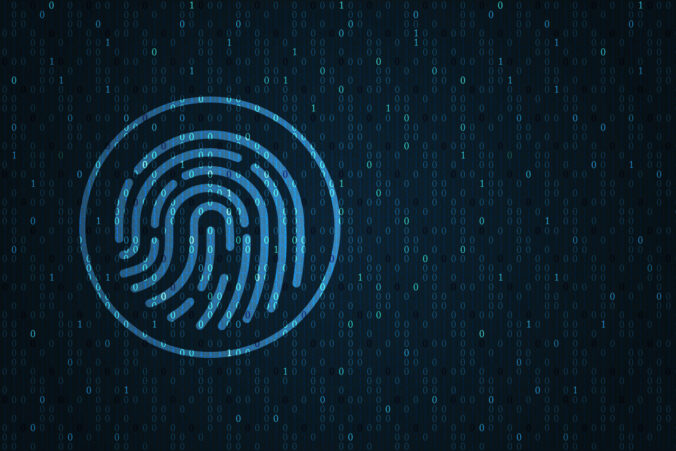1. What is a digital identity?
In short, a digital ID is a way to protect personal information and can safely verify our online identity.
In a common situation, the digital identity is composed of the sum of digital traces related to an individual or a community, such as the online profile, social software and online shopping. To be specific, digital identity can be defined as both the collection of traces (writings, audio/video content, forum messages, sign-in details, etc.) that we leave behind us, consciously or unconsciously, as we browse the network and the reflection of this mass of traces as it appears after being “remixed” by search engines (Ertzscheid, Olivier. 2016).
2. How do personal versus professional approaches to digital identity affect social media use?
For most people, the personal approach to social media should be communication. From my point of view, Social media is a convenient way of communicating, but it lessens the quality of the connection. Almost two-thirds of U.S. adults admit they use social medial to connect. Its rise to prominence changes our ability to interact with others on a meaningful level (Stacey, Hanke. 2018). Based on social media software that is popular, people have a trend to post themselves online to communicate with family, friends even stranger. In addition, recording daily life is an important function of social media in personal use.
On the other hand, professional approaches to digital identity are much different from personal digital identity. In my opinion, the professional approaches to digital identity are kinds of name cards. One professional digital identity has multiple managers to publish information and collect feedback. Meanwhile, they have to keep the interaction with their followers and be careful with their words. If you post any controversial content, your digital identity might receive a negative voice immediately.
3. Can a digital wallet provides trust in networked publics?
From my point of view, I might say no to the safety of the digital wallet now. If you are afraid of revealing any personal information, you might do not try the digital wallet. Even though using the digital wallet might be convenient and high-efficiency, data breaches are still a serious problem for digital wallets. Data transmission across mobile networks is the least secure method, and transactions using a digital wallet will be subject to the risks inherent in any mobile transaction (Stacey, Hanke. 2018). On the other hand, some people worry about using digital wallets is personal liability in the event of fraud, I do not agree with this point. At least in China, fraud insurance will cover the loss of consumers using digital wallets, as same as credit cards. In addition, Davos gives a positive answer to the digital wallet. Based on Davos’ data, there have more than 60% of the global GDP expected to be digitized in 2022. With the increasing number of people choosing to use digital wallets, the criminals might put more attention to attack our systems. We have to take precautions to ensure our property.
References
Ertzscheid, Olivier. “Identity logics”. What is digital identity? Issues, tools, methodologies. By Ertzscheid. Marseille: OpenEdition Press, 2016. Web. <http://books.openedition.org/oep/1379>
Stacey, Hanke. “How Social Media Affects Our Ability to Communicate”. Thriveglobal, 2018. Web <https://.com/stories/how-social-media-affects-our-ability-to-communicate>
Davos.“Press Conference The Value of Digital Identity for the Global Economy and Society.” uploaded by World Economic Forum, 5 Feb. 2019, https://www.youtube.com/watch?v=1-V7yxrOmw

Recent Comments